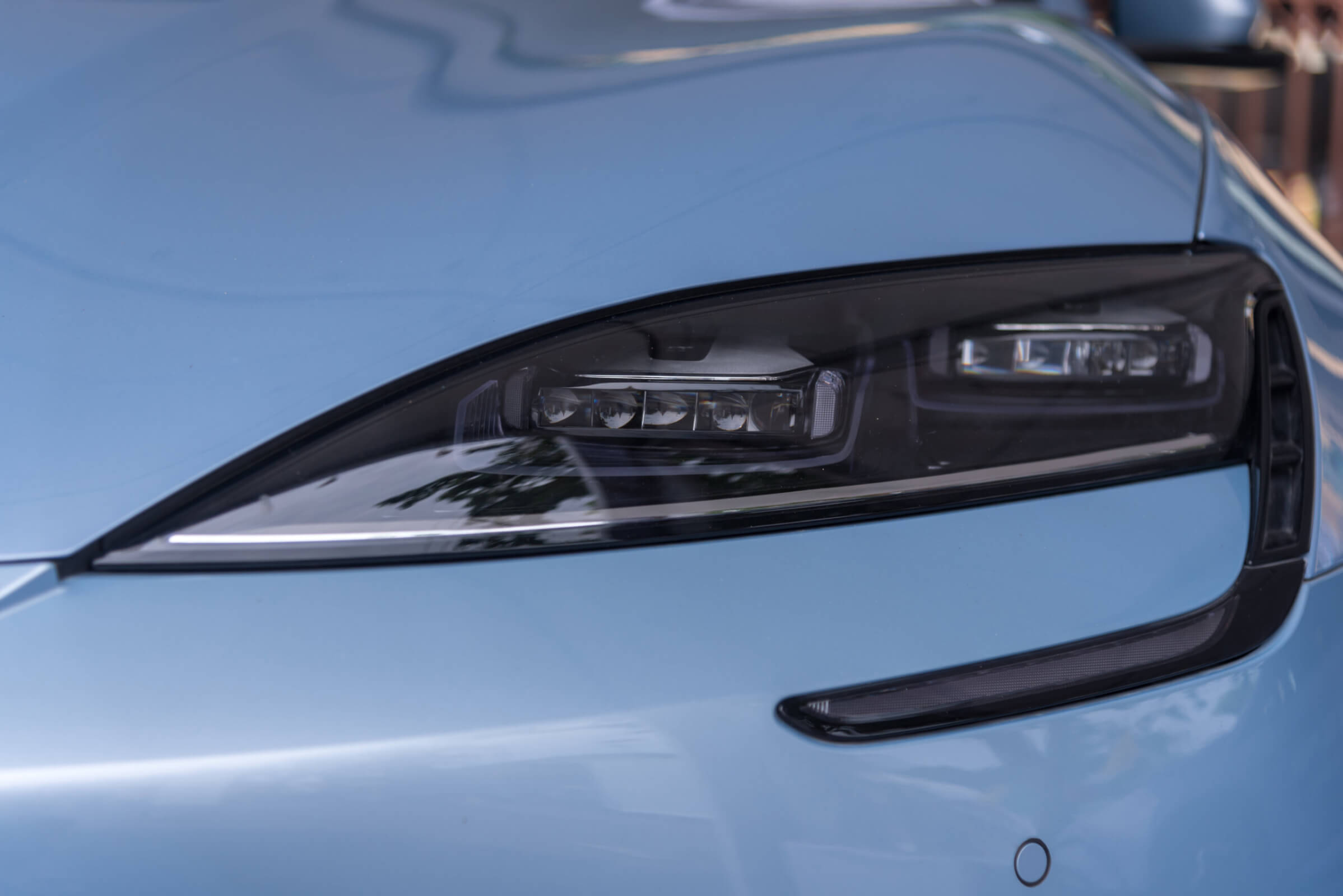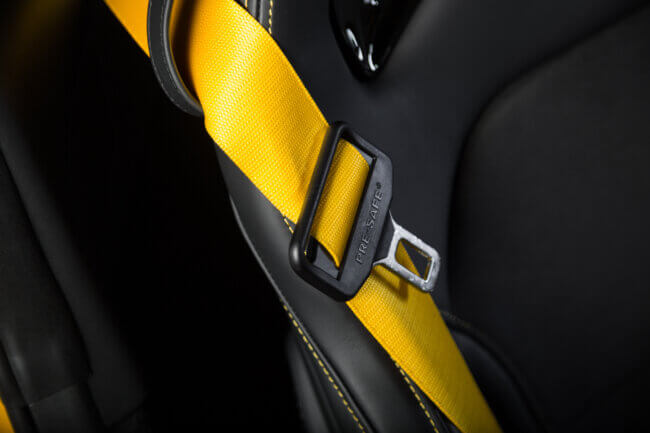The Burrow

Safety is a key consideration when buying any new vehicle, but which models are safer to drive?
As experts in helping Australians compare car insurance policies, we wanted to uncover the safest new car models on sale globally across six sampled countries.
To do this, we analysed overall safety ratings from three safety authorities under the Global New Car Assessment Programme (Global NCAP) – in addition to identifying whether key safety assistance systems are universally standard on each model.
These are the safest new cars on sale today.
The BYD Seal electric sedan newcomer has tied with its Dolphin hatch counterpart as one of the safest new cars globally.
It achieved the full five-star safety rating from ANCAP and Euro NCAP’s strictest 2023 testing criteria, in addition to featuring a 360-degree camera, front automatic emergency braking (AEB), and lane assistance systems as standard inclusions globally. However, while it’s available in Australasia, Europe and the United Kingdom, isn’t sold in North America with no NHTSA rating (as at the time of publication).
Similar to the Seal, the BYD Dolphin electric hatchback obtained full stars – under the newest 2023 criteria – from Australasia and Europe’s car safety authority counterparts, with a 360-degree camera system, AEB, and lane assist as standard in all countries.
The Dolphin is sold in Australia, New Zealand, Europe and the UK, but not in North America with no NHTSA rating (as at the time of publication).
The Kia Sportage medium SUV obtained five-star ratings, but was tested under ANCAP and Euro NCAP’s less stringent 2022 criteria. It features a reversing camera, AEB, and lane assist as standard in all six sampled countries studied.
The Mitsubishi Outlander scored five stars by ANCAP (2022) and four stars by NHTSA (2023) safety bodies. The family-friendly SUV comes with a reversing camera and AEB from the base variant in all four countries, but lane assist is only featured on the top-spec grade in the United States.
The latest-generation Outlander is not sold in Germany and the UK, and is unrated by Euro NCAP (as at the time of publication).
The popular Tesla Model Y electric SUV achieved five-star ratings by ANCAP (2022), Euro NCAP (2022) and NHTSA (2020) – with the highest-scoring individual safety criteria in our study. It comes with a reversing camera, AEB and lane assist systems as standard in all markets.
The Mercedes-Benz C-Class luxury sedan received five-star safety scores by ANCAP (2022) and Euro NCAP (2022), with a rear-view camera, AEB and lane support safety aids standard in all six sampled countries.
But while it’s sold in North America, the latest-gen model is unrated by NHTSA (as at the time of publication).
The Honda Civic small hatch has five-star safety ratings from Euro NCAP (2022) and NHTSA (2022), with a reversing camera, AEB and lane assist systems standard in all markets studied.
However, while it’s available in Australia and New Zealand, ANCAP is yet to test the newest Civic (as at the time of publication).
The Toyota Kluger large SUV (called the Highlander in some markets) achieved five-star ratings by ANCAP (2021) and NHTSA (2020). It features a reversing camera, AEB and lane assist safety technologies from the base model in all five countries analysed.
It is sold in Germany, but not the UK and is unrated by Euro NCAP.
The BYD Atto 3 small electric SUV obtained five-star ratings by ANCAP (2022) and Euro NCAP (2022), with a 360-degree camera system, AEB and lane assist safety aids coming as standard on all variants globally.
However, it isn’t sold in North America and hasn’t been tested by NHTSA.
The Hyundai Tucson medium SUV scored five stars across ANCAP (2021), Euro NCAP (2021) and NHTSA (2021). It includes a rear-view camera, AEB and lane support systems as standard from the base variant in all six sampled countries studied.

| Vehicle Make & Model | ANCAP Rating (test criteria year) | Euro NCAP Rating (test criteria year) | NHTSA Rating (test year) | Reversing Camera | AEB | Lane Assist |
| BYD Seal | 5 (2023) | 5 (2023) | N/A | Standard | Standard | Standard |
| BYD Dolphin | 5 (2023) | 5 (2023) | N/A | Standard | Standard | Standard |
| Kia Sportage | 5 (2022) | 5 (2022) | 5 (2023) | Standard | Standard | Standard |
| Mitsubishi Outlander | 5 (2022) | N/A | 4 (2023) | Standard | Standard | Available in select markets |
| Tesla Model Y | 5 (2022) | 5 (2022) | 5 (2020) | Standard | Standard | Standard |
| Mercedes-Benz C-Class | 5 (2022) | 5 (2022) | N/A | Standard | Standard | Standard |
| Honda Civic | N/A | 5 (2022) | 5 (2022) | Standard | Standard | Standard |
| Toyota Kluger / Highlander | 5 (2021) | N/A | 5 (2020) | Standard | Standard | Standard |
| BYD Atto 3 | 5 (2022) | 5 (2022) | N/A | Standard | Standard | Standard |
| Hyundai Tucson | 5 (2021) | 5 (2021) | 5 (2022) | Standard | Standard | Standard |
In our index of six sampled countries and 32 vehicle models, these were the key findings:

Our study has demonstrated that most newer-released cars are typically safer, which often come with a higher price tag.
However, Compare the Market’s Executive General Manager of General Insurance Adrian Taylor said there are a variety of factors that can affect the price of car insurance premiums beyond safety credentials.
“Generally, safer vehicles can have cheaper insurance. But it’s important to consider that there are other factors that impact price, such as the vehicle model, listed driver/s age and driving history, and how far owners drive annually,” Mr Taylor said.
“There are also a range of ways to save money on car insurance, so it pays to regularly compare policies offered by different providers – especially if you’ve been with the same insurer for a while.
“Always read the Product Disclosure Statement and Target Market Determination to check for the inclusions, limits and restrictions before purchasing.”
Compare the Market’s free car insurance comparison tool can help Australians choose a suitable product for your needs.
We studied 32 new car models – based on the top-insured vehicles in Australia and other globally notable models – and six sampled countries, including Australia, New Zealand, Germany, the United Kingdom, United States and Canada.
Using six data points, each was indexed with a higher number representing a theoretically safer vehicle.
Since newer safety ratings (out of five) are subject to stricter testing criteria, different years were weighted accordingly. The most recent 2023 or later ratings were counted as the full value, 2020 to 2022 criteria were penalised by 25 per cent, pre-2019 scores by 50 per cent, and any expired rating was penalised by 75 per cent points.
Typically, when a new car is initially released, it will be tested against the latest and strictest safety criteria. If a model is untested by one safety authority or not sold in a particular country, indexed scores from the other two bodies were averaged to produce an assumed score.
Additionally, three key safety assistance systems were assessed based on whether it is standard on the base model in all studied countries or only available on higher-end variants in select countries to result in an equally weighted indexed score.
All scores were then averaged together to form an index score out of 10. Models with an identical index score were ranked, according to the individual safety criteria score from ANCAP and Euro NCAP.
Additional sources:
Data is accurate as of 22 December 2023.